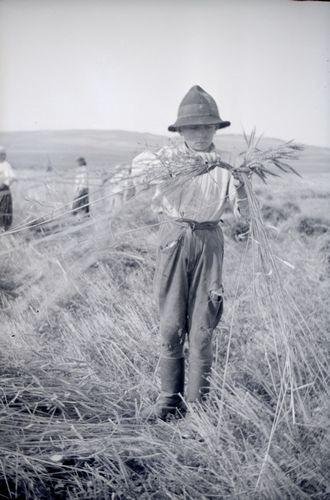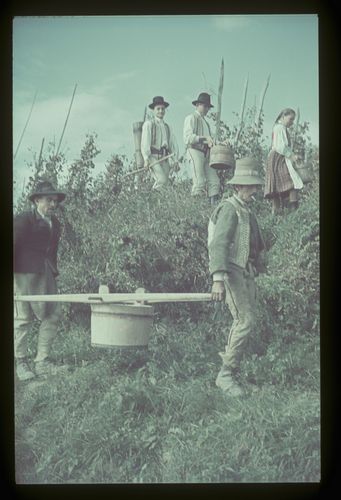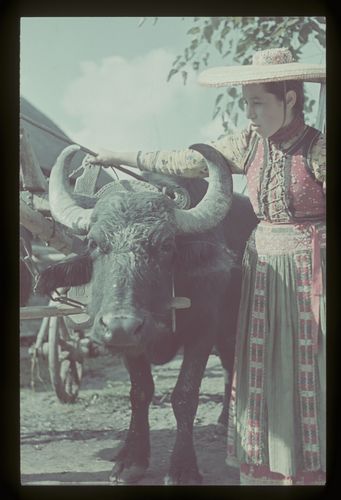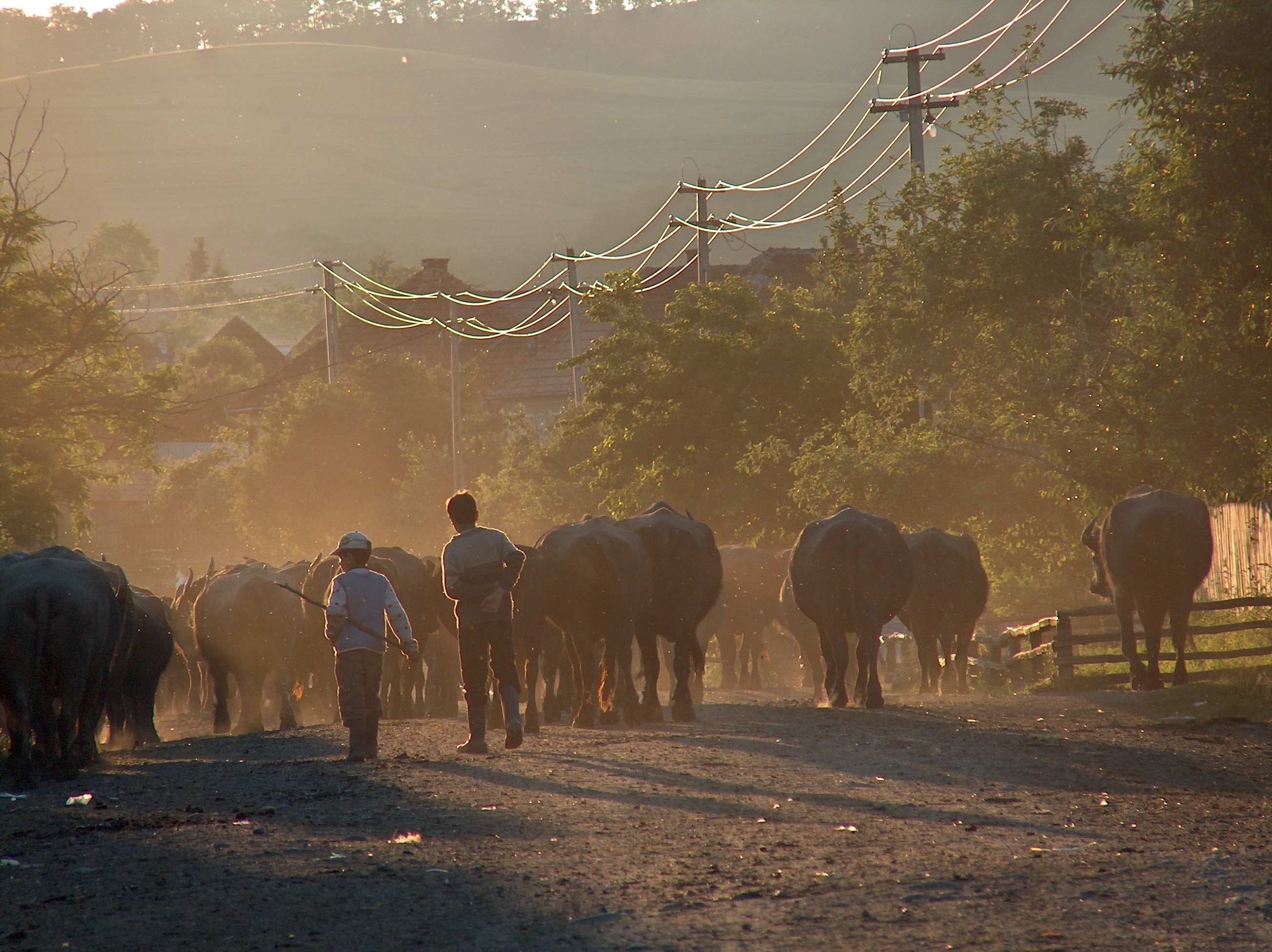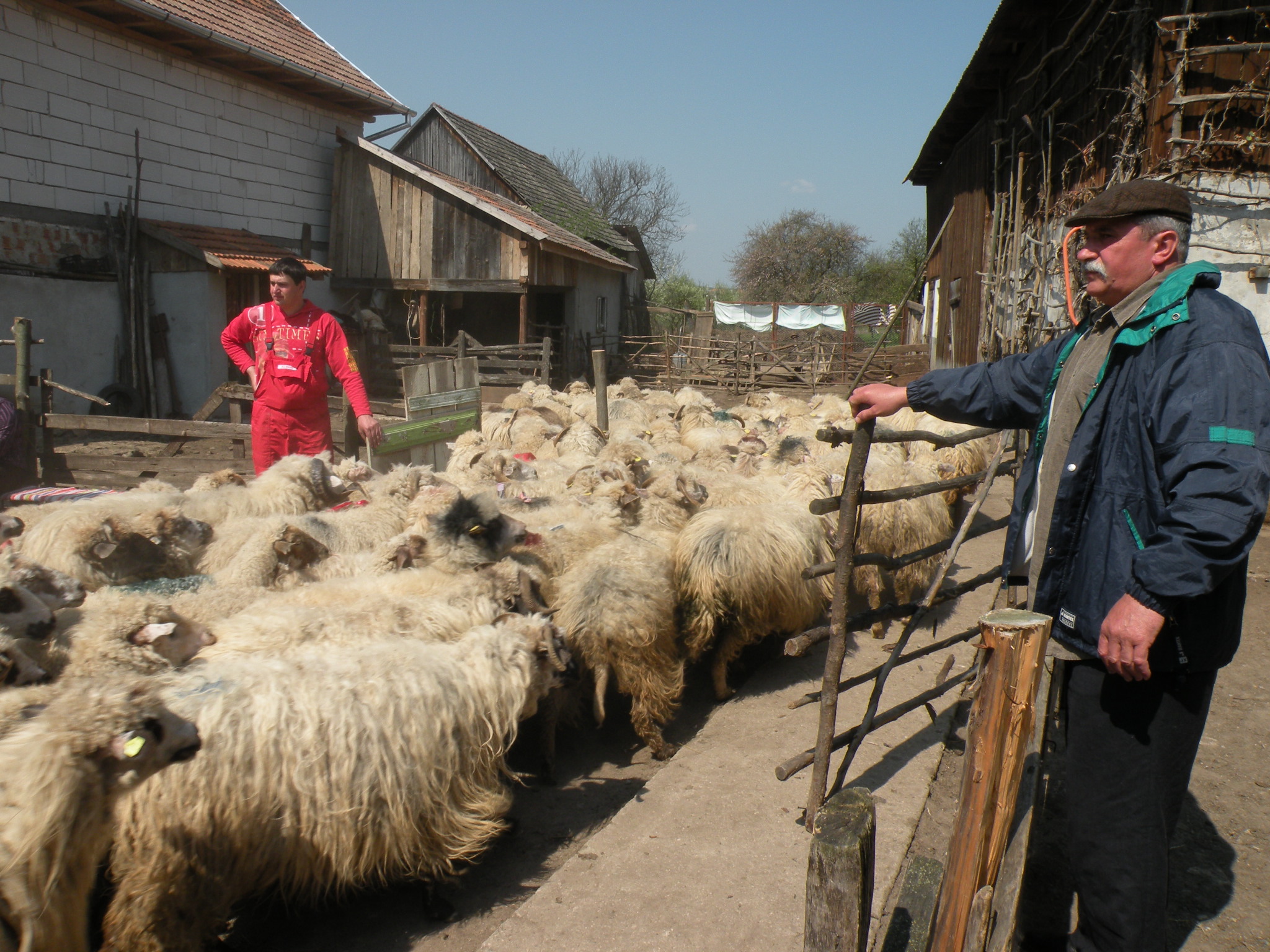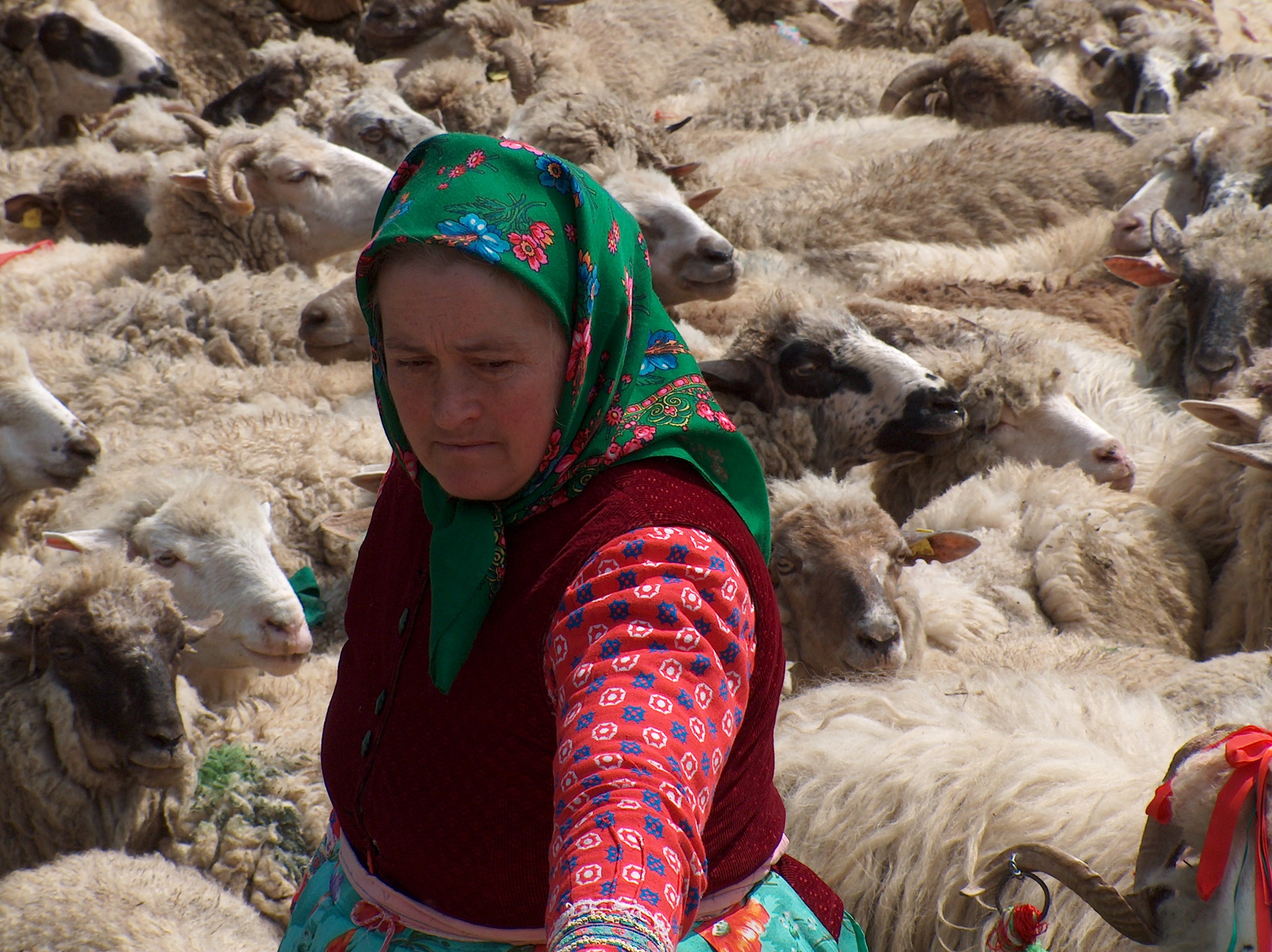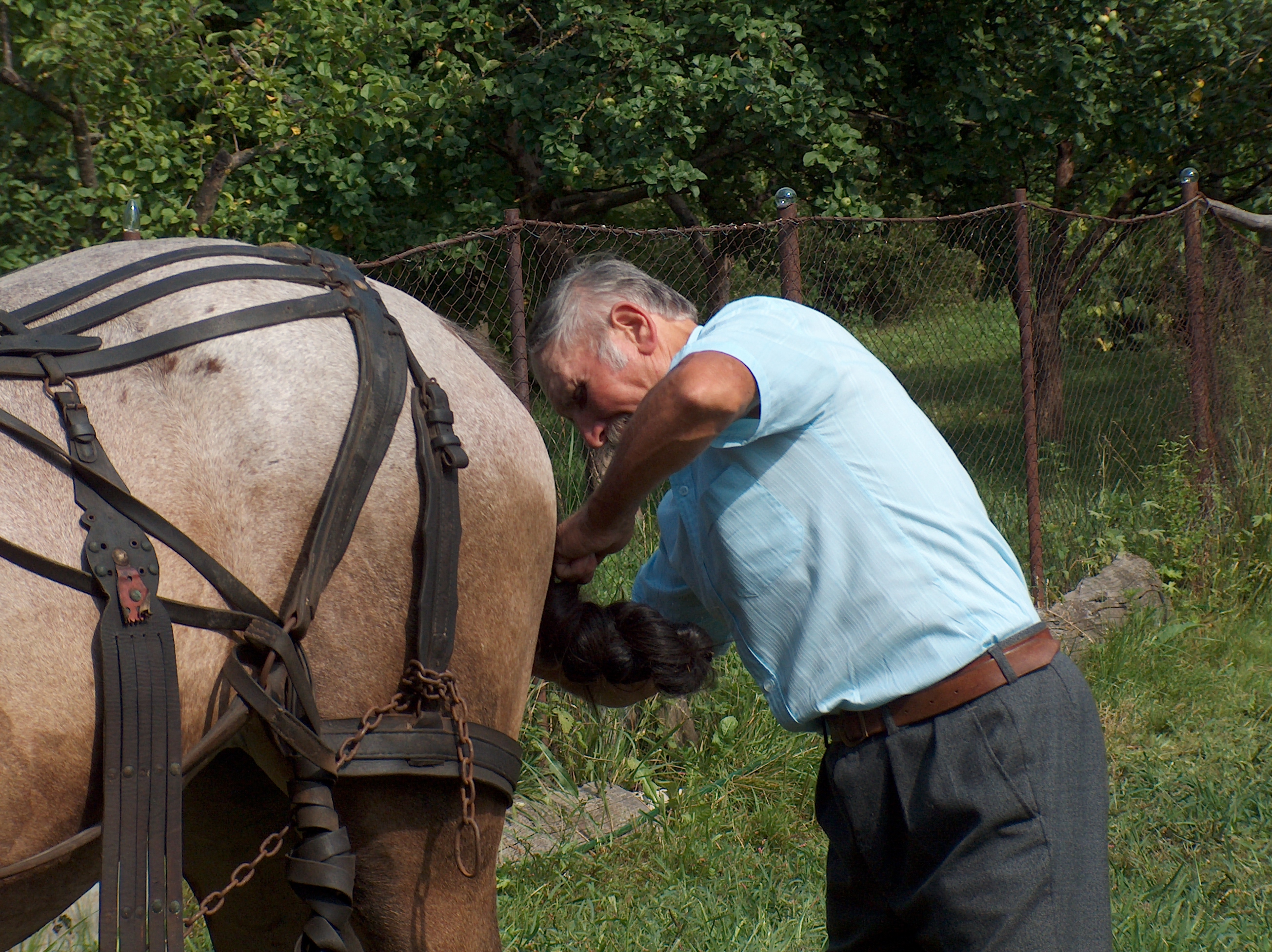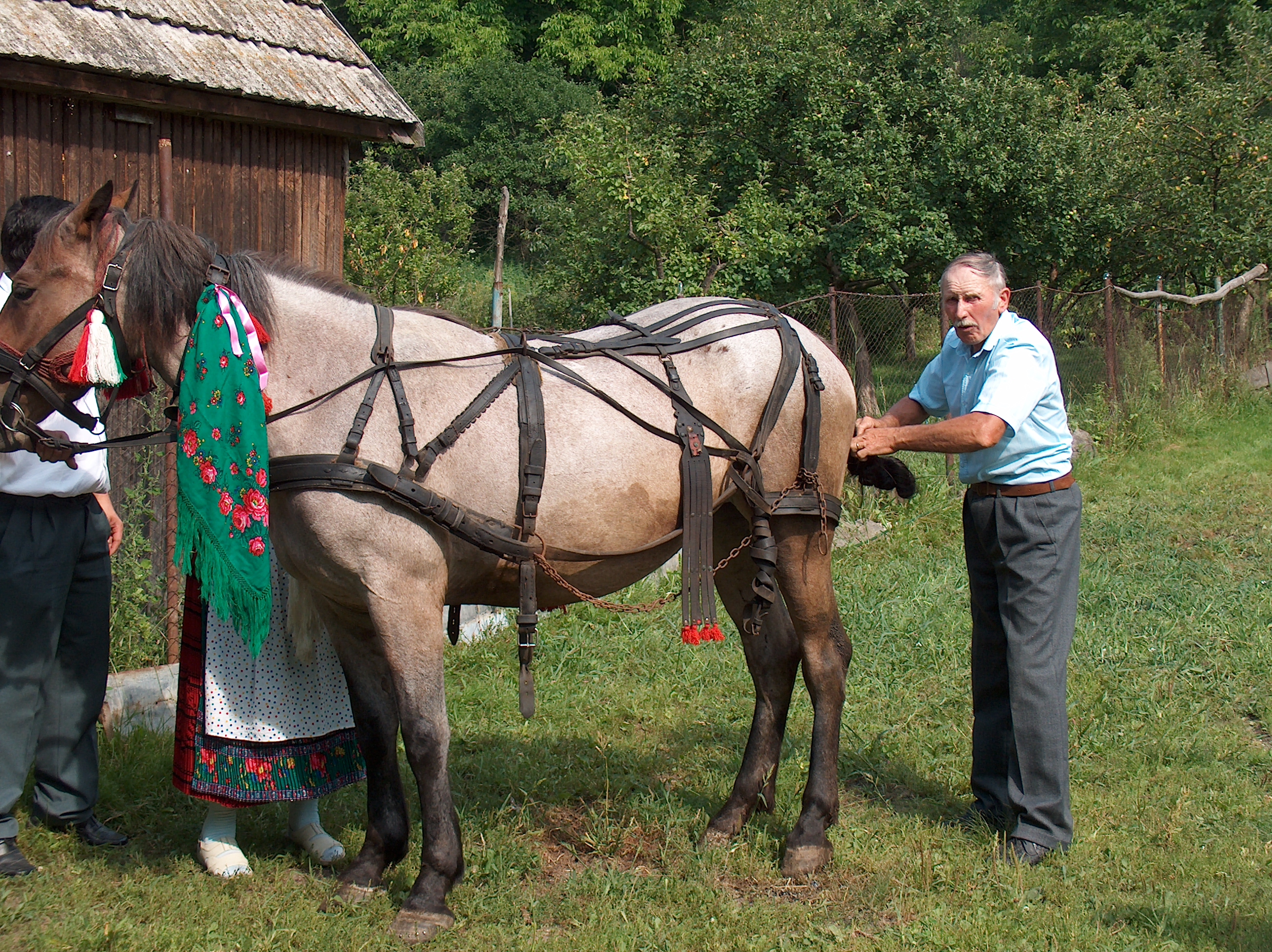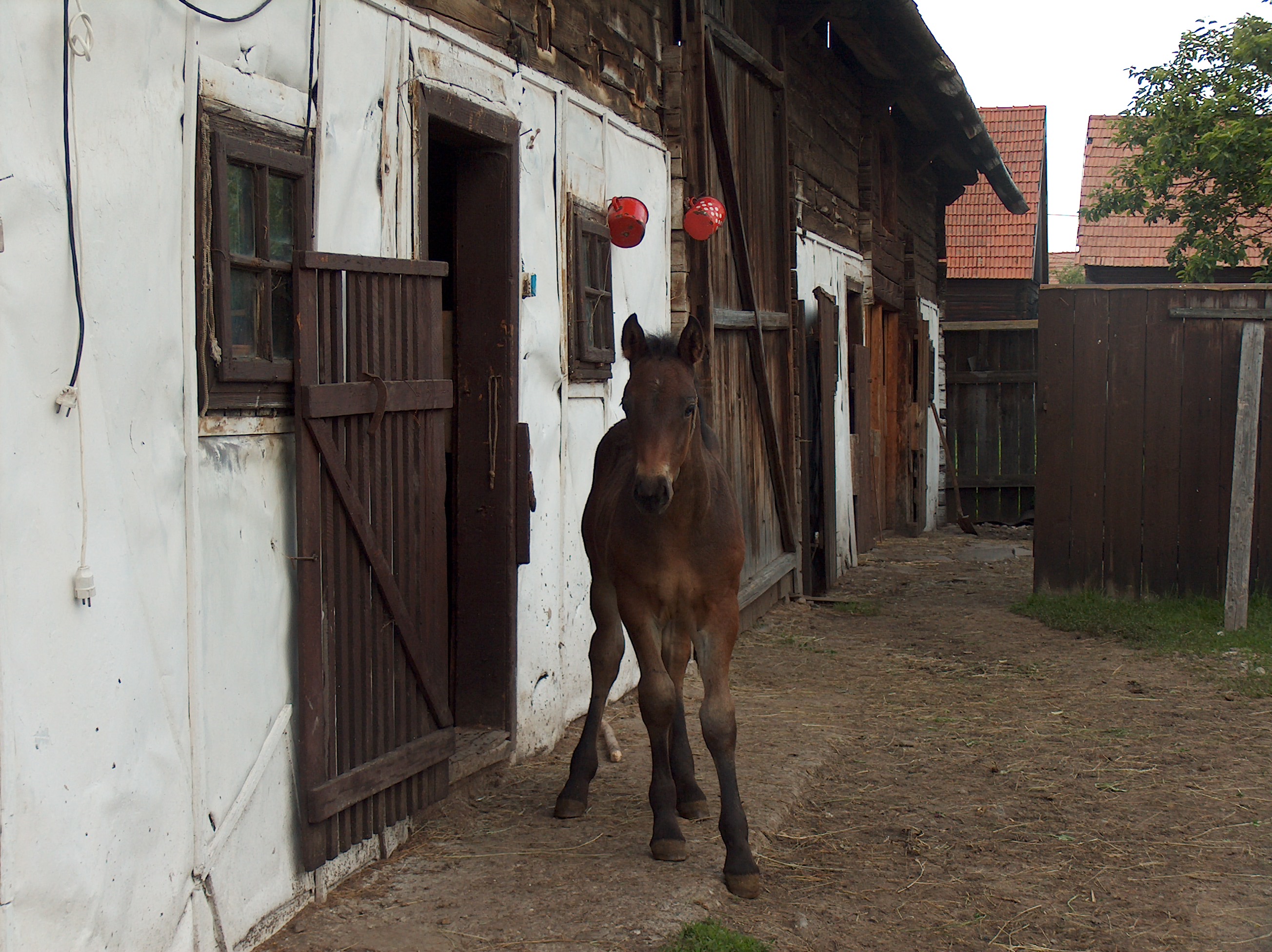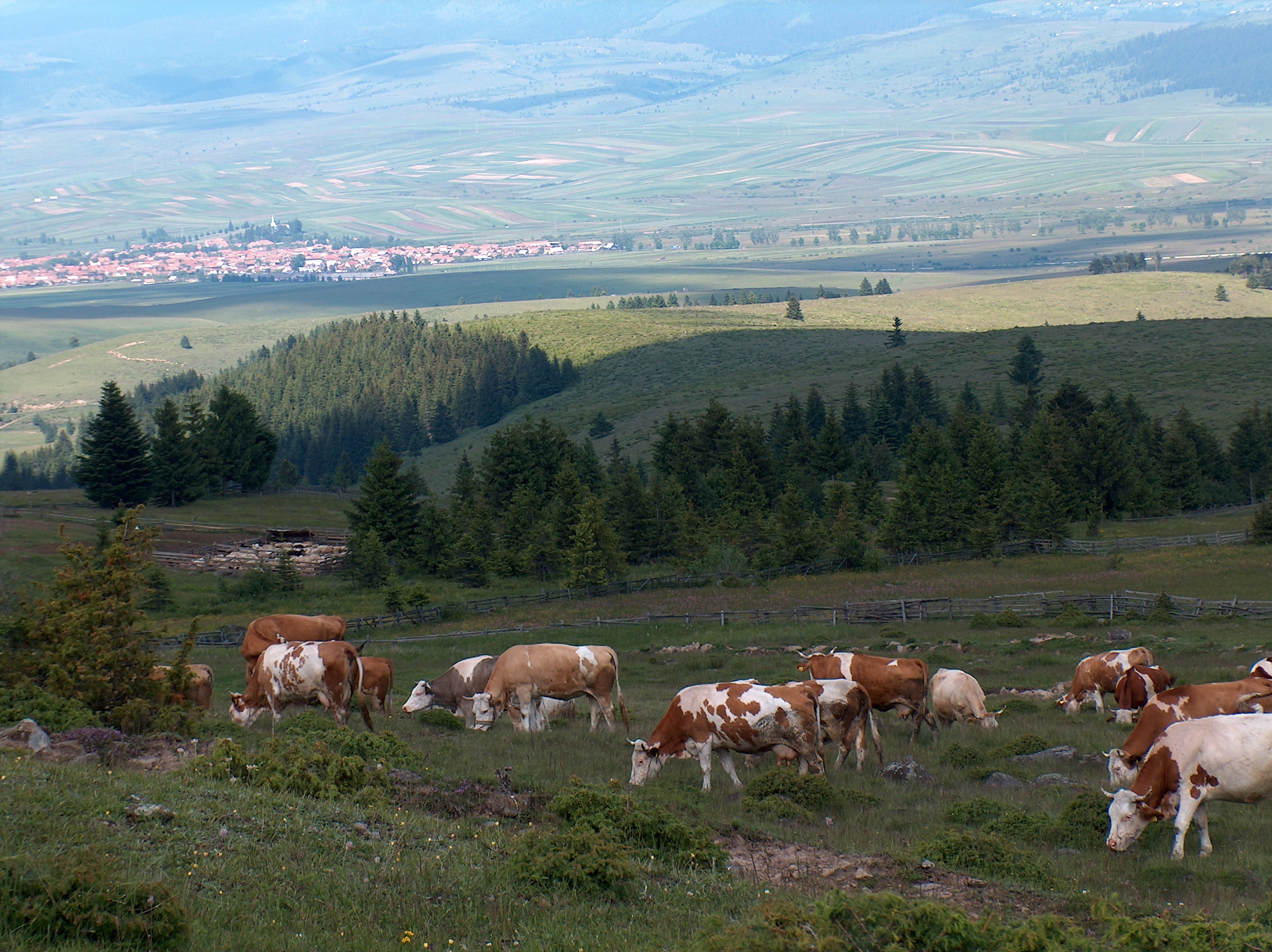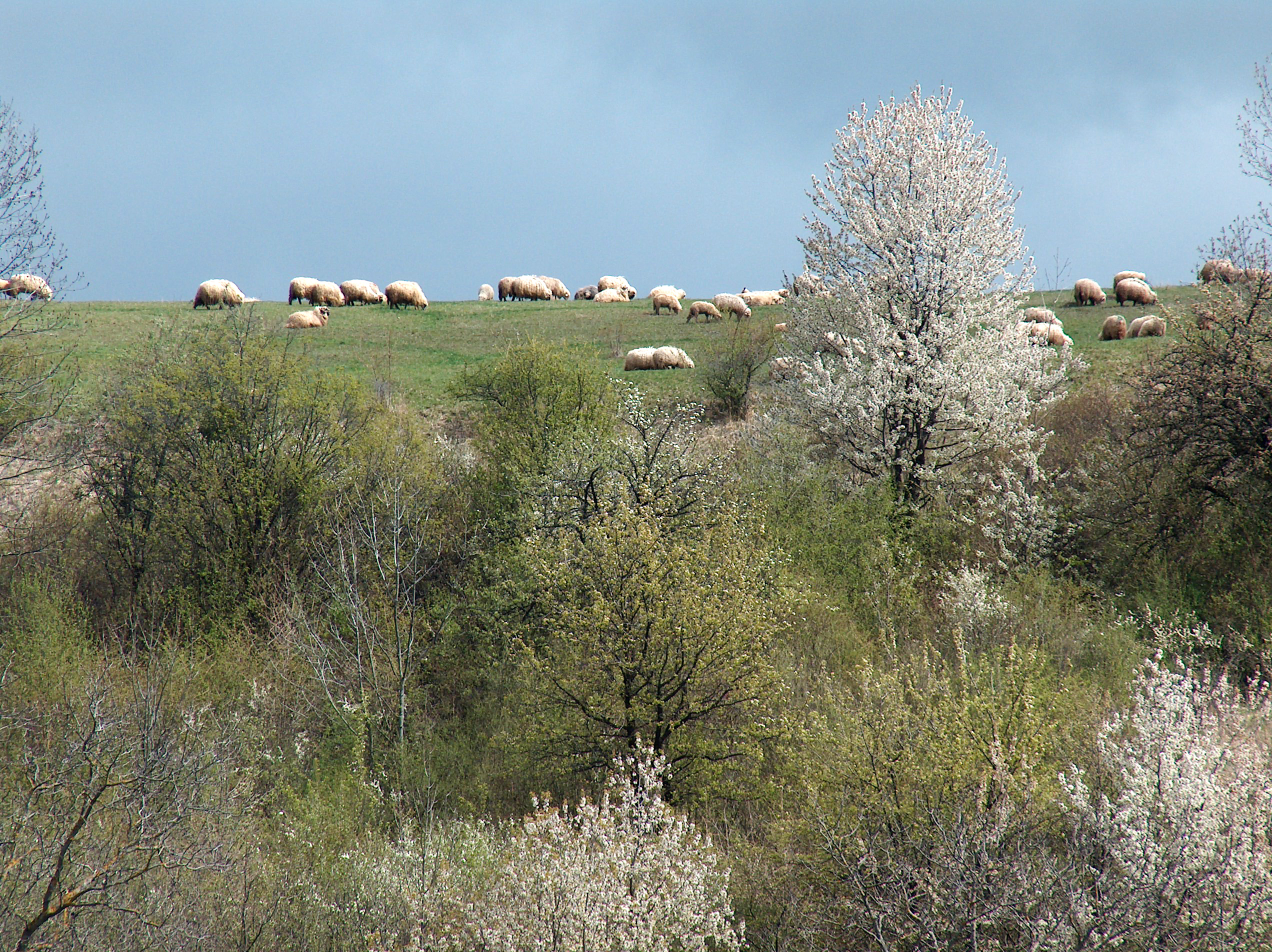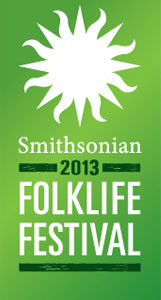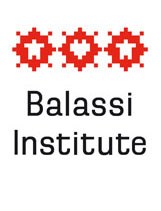In the Carpathian Basin two farming methods developed; the Transdanubian mountainous region’s method and the method of the Great Plains. Leaving fields fallow (ugar) is primarily connected to the mountain method. It was also characterized by the use of the sickle and by the tying of the grain crop into sheaves stacked in the shape of a cross, and by beating the seeds out with a threshing flail. This work was carried out in the barn where harvested grain was often stored until winter. In the Great Plains the major part of the farm work was done outdoors, which is why barns are not found in this area. The grain crop was cut with a scythe from the 16th century and gathered with rakes into bunches. These were hauled into the threshing yards set up at the end of the plough fields, and threshed by treading out, usually with horses. In the plains grain was kept mostly in underground pits that had been hardened and cleaned by burning.
Viniculture has always had great importance in Hungarian life. Words originating from before the Conquest prove that the Magyars had already become acquainted with the cultivation of this plant before their arrival to the Carpathian Basin. Hungary has boasted with outstanding wine-producing regions since the Middle Ages. Those in particular with great legacies and traditions are Sopron, Eger, Villány and Szekszárd, where red wine is primarily produced since the 16th century. Among the white wine regions the most excellent ones are the Tokaj region at the Tisza River, and the hilly territories to the north of Lake Balaton. At the Tokaj-Hegyalja special kinds of wines were made from white grapes. In this region, if autumn was favorable, the desiccation of grapes began. The world famous “Tokaj aszú” is made of such grapes.
From the Middle Ages to the 17th century animal husbandry was more important economically than agriculturally. This was also apparent in the second half of the 19th century. In 1870 every third man in Hungary owned one head of cattle, every 7th man owned a horse, and each man owned a sheep. In the Great Hungarian Plain where husbandry is abundant, the stock spends the entire year outdoors grazing on the rich semi-arid pastures (puszta). In the winter months the herd is led into the protection of various covered or half-covered structures, built within marshes and forests. The large quantity of stock was marketed for slaughter or was raised and trained to be draught animals. The most valued domestic animal of the Magyars was the horse, which were low in the withers, had relatively small heads, and powerful tendons. The grey Hungarian horned cattle show many ancient features even to the present day. The greyish white animal, high at the withers and with enormous horns, was first of all an important source of draught power, but valued also because of its fine quality meat.

